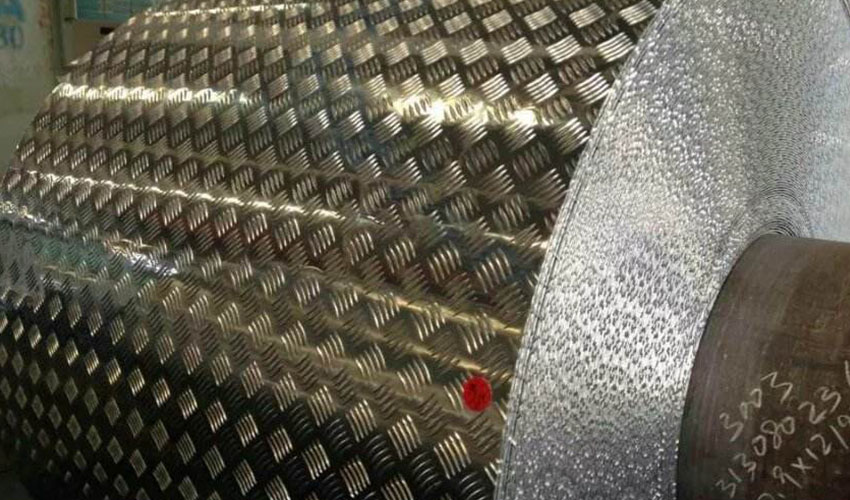Application of Aluminum Tread Plate
May 22, 2018
Aluminum tread plate, also referred to as aluminum checker plate, was first known for it’s anti-slip property as tread plates. With development of technology and industrial requirements, the application of aluminum tread plate has been widened substantially. Its surface designs also developed from singular types to diverse shapes to cater for changing usage needs. At present about ten types of designs can be made in the industry. The most usually applied include five bars, diamonds, willow leaves, pearls and orange peals.

If designed by application, aluminum tread plate falls on two kinds. One kind is used for resisting slip, and the other for decoration. Generally speaking, plates with five bars, diamonds and willow leaves serve as anti-slip boards, because the designs are so skillfully arranged that they produce large preventing force against shoes treading on them. In rainy or snowy days, anti-slip aluminum plates are placed along slopes and in front of doors to help people keep balance. In sunny days, aluminum tread plates are of great help as well. Some cities did not take bikes into account while building side lanes for pedestrians. Rapid increasing of cars makes it hard for bike riders to stay in their lanes because some cars, owing to heavy traffic, would run on the lanes for bikes. Bikes, correspondingly, are forced to ride on lanes for pedestrian. The cities have to build extra pedestrian lanes. The previous pedestrian lanes, however, are usually higher than vehicle lanes. Some cities simply place pieces of aluminum checker plates upon the gap slope between vehicle and pedestrian lanes, making it more convenient for bikes to run on and off. Decorative boards include plates of pearls and orange peals. They function as covers for domestic appliances like fridges, washing machines, micro-wave ovens etc. Besides, aluminum sheet and plate have a universal property–corrosion resistance, which extends their serve life greatly whatever environment they are applied in.


 Nydia
Nydia
 Sales Manager
Sales Manager